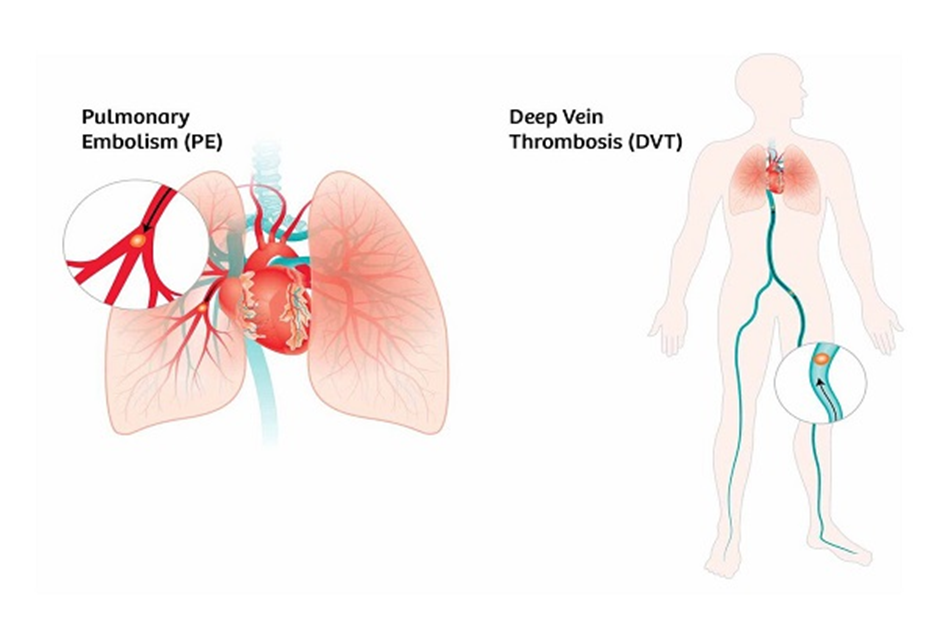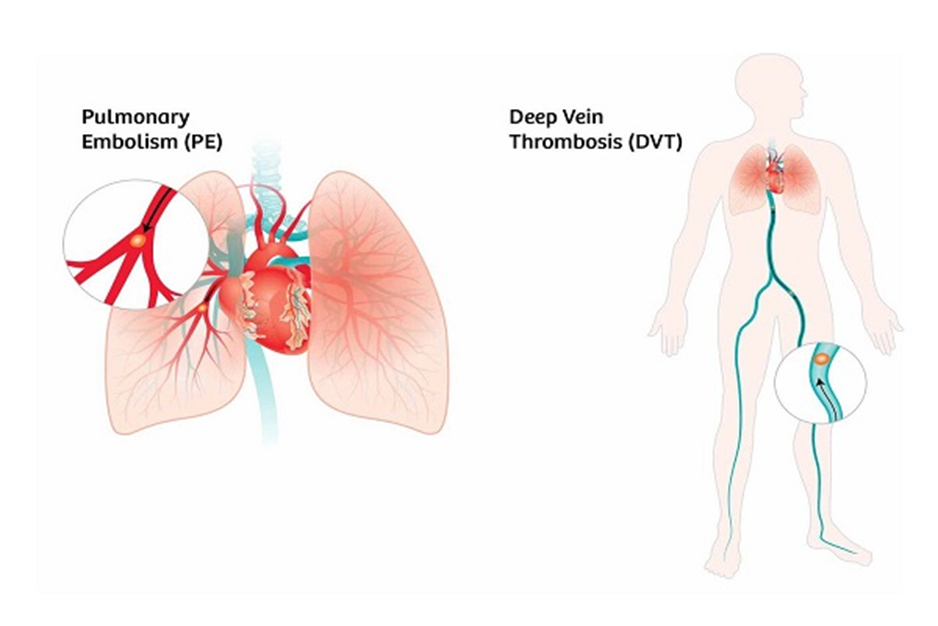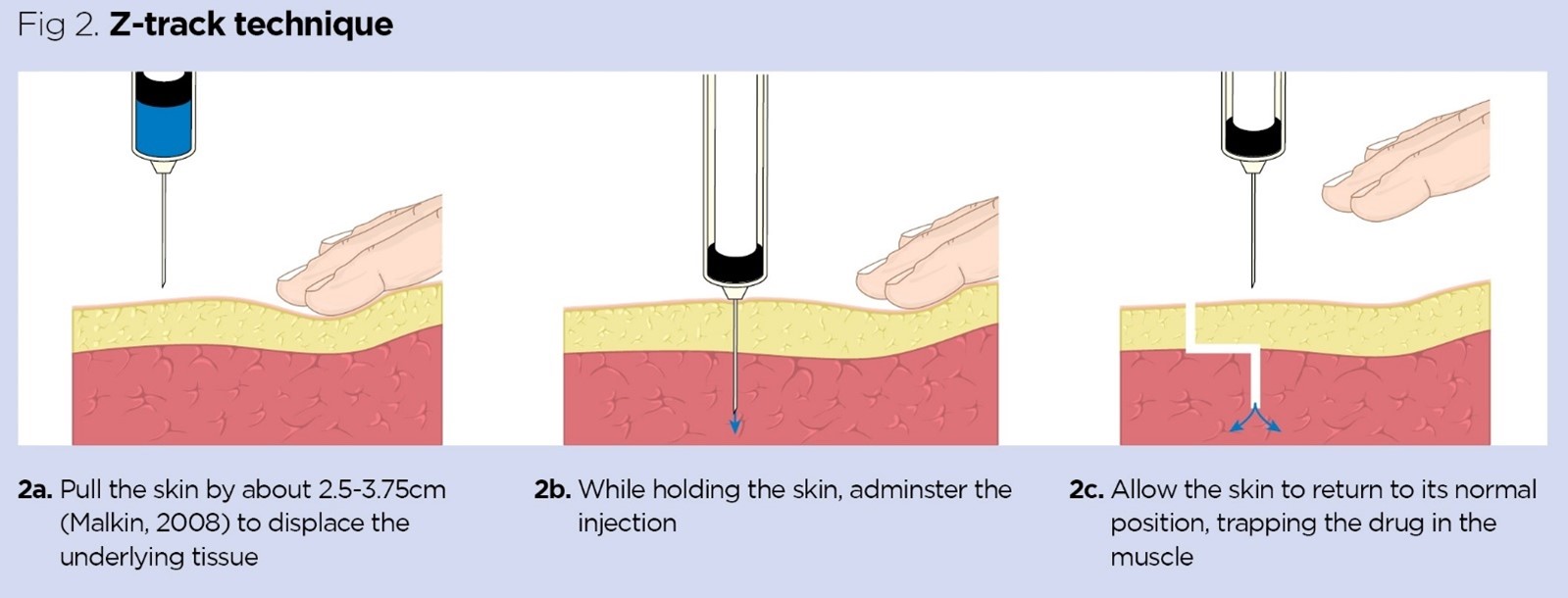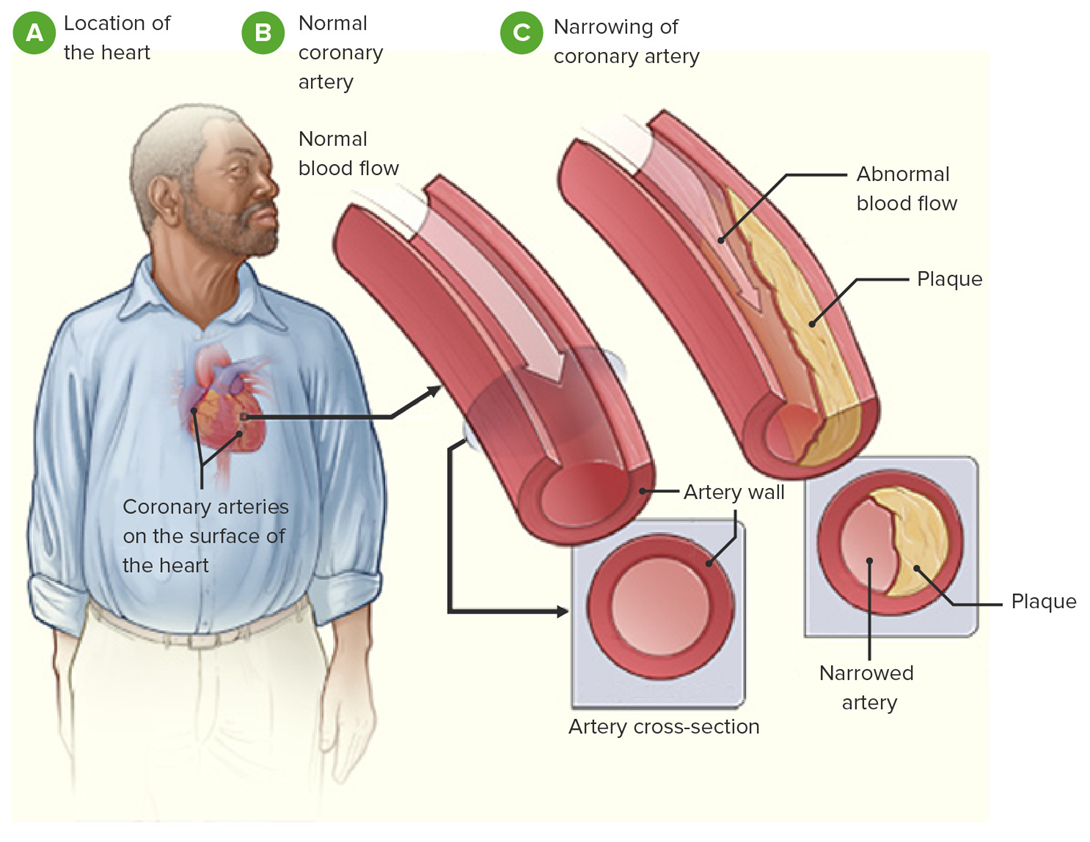PN adult Medical Surgical 2020 with NGN Exam 3
ATI PN adult Medical Surgical 2020 with NGN Exam 3
Total Questions : 93
Showing 10 questions Sign up for moreA nurse is prioritizing care for four clients. Which of the following clients should the nurse see first?
Explanation
Choice A reason: While the client with a spinal cord injury does need care, it is not as immediately life-threatening as the symptoms described in choice C.
Choice B reason: A platelet count of 150,000/mm is within the normal range (150,000 to 450,000/mm), so this client's situation is not urgent.
Choice C reason: The client reporting pain in the left calf with an elevated respiratory rate could be experiencing a deep vein thrombosis (DVT) leading to a pulmonary embolism, which is a medical emergency.
Choice D reason: Obtaining a signed consent form is important but not as time sensitive as assessing and treating a potential DVT.

A nurse is prioritizing care for four clients. Which of the following clients should the nurse see first?
Explanation
Choice A reason: While the client with a spinal cord injury does need care, it is not as immediately life-threatening as the symptoms described in choice C.
Choice B reason: A platelet count of 150,000/mm is within the normal range (150,000 to 450,000/mm), so this client's situation is not urgent.
Choice C reason: The client reporting pain in the left calf with an elevated respiratory rate could be experiencing a deep vein thrombosis (DVT) leading to a pulmonary embolism, which is a medical emergency.
Choice D reason: Obtaining a signed consent form is important but not as time sensitive as assessing and treating a potential DVT.

A nurse is caring for a client who is visually impaired. When delivering the client's meal tray, which of the following actions should the nurse take?
Explanation
Choice A reason: While assistive personnel can help, it is empowering for the client to be as independent as possible.
Choice B reason: Social interaction is important for client wellbeing and should not be discouraged unless it interferes with eating.
Choice C reason: Describing the food placement as a clock is a common practice that helps visually impaired individuals locate their food independently.
Choice D reason: Small handled adaptive utensils may be helpful, but the priority is to enable the client to know the location of the food on the plate.
A nurse is caring for a client who is postoperative following the placement of a colostomy. Which of the following findings indicates the colostomy is functioning properly?
Explanation
Choice A reason: A pinkish red stoma indicates healthy blood supply and is a sign that the colostomy is functioning properly. The color should be consistent with the client's normal skin tone.
Choice B reason: Absent bowel sounds are not an immediate indicator of colostomy function and can be normal postoperatively; however, they should be monitored for changes.
Choice C reason: While tolerating a clear liquid diet is a good sign postoperatively, it does not specifically indicate whether the colostomy is functioning properly.
Choice D reason: Passing of flatus can be a sign that the colostomy is starting to function, but it is not as immediate an indicator as the appearance of the stoma.
A nurse is reinforcing teaching with an assistive personnel (AP) about a client who has pertussis. Which of the following instructions should the nurse include in the teaching?
Explanation
The correct answer is: d. Wear an N95 mask when in the client’s room.
Choice A: Place the client in a negative air pressure room
Reason: Negative air pressure rooms are typically used for airborne infections like tuberculosis, which require airborne precautions. Pertussis, however, is spread through respiratory droplets, not airborne particles. Therefore, placing a pertussis patient in a negative air pressure room is unnecessary and not recommended.
Choice B: Wear a simple face mask when caring for the client
Reason: While a simple face mask can provide some protection against respiratory droplets, it is not sufficient for healthcare workers caring for patients with pertussis. Pertussis is highly contagious, and healthcare workers need more effective protection to prevent inhalation of infectious droplets.
Choice C: Wear a gown when caring for the client
Reason: Wearing a gown can help protect healthcare workers from contact with respiratory secretions, but it is not the primary protective measure needed for pertussis. The main mode of transmission is through respiratory droplets, so respiratory protection is more critical.
Choice D: Wear an N95 mask when in the client’s room
Reason: An N95 mask provides a higher level of respiratory protection compared to a simple face mask. It is designed to filter out at least 95% of airborne particles, including large respiratory droplets that can carry the pertussis bacteria. This makes it the most appropriate choice for protecting healthcare workers from pertussis infection when caring for an infected patient.
A nurse is preparing to administer ceftriaxone using the Z-track technique to a client who has gonorrhea. After the nurse performs hand hygiene and reconstitutes the medication, what is the correct sequence the nurse should use to administer the medication?
Explanation
Choice A reason: This step is typically the last in the Z-track method, ensuring that the medication does not leak from the muscle tissue.
Choice B reason: Inserting the needle into the muscle is one of the initial steps after preparing the injection site.
Choice C reason: This is the first step in the process, preparing the site to prevent infection.
Choice D reason: Pulling the skin and subcutaneous tissue laterally is done to create a zigzag path that seals the medication in the muscle.
Choice E reason: Aspiration is done to ensure the needle is not in a blood vessel, which is followed by injecting the medication.

A nurse is reinforcing teaching with a client who has a new prescription for digoxin. Which of the following statements by the client indicates an understanding of the teaching?
Explanation
Choice A reason: Monitoring potassium levels is important when taking digoxin, as low levels can increase the risk of toxicity.
Choice B reason: Weighing oneself can help monitor for signs of fluid retention, but it is not directly related to digoxin use.
Choice C reason: Taking an antacid with digoxin is not generally recommended as it can interfere with the absorption of the medication.
Choice D reason: While blurred vision can be a side effect of digoxin, it is not expected and should be reported to a healthcare provider as it may indicate toxicity.
A nurse is reinforcing teaching with a client who has coronary artery disease and is to begin a low-fat diet. Which of the following statements by the client indicates an understanding of the teaching?
Explanation
Choice A reason: Including 2 percent milk in the diet is not the best option for a low-fat diet as it still contains more fat than skim milk.
Choice B reason: Egg whites are a good source of protein and contain no fat, making them suitable for a low-fat diet, so eliminating them is not necessary.
Choice C reason: Eating fish, especially fatty fish rich in omega3 fatty acids, is recommended for a heart-healthy diet and is consistent with the guidelines for a low-fat diet.
Choice D reason: Coconut oil is high in saturated fat and is not recommended for a low-fat diet.

A nurse is collecting data from a female client during an initial health assessment. Which of the following findings should the nurse identify as a risk factor for osteoporosis?
Explanation
Choice A reason: Canned sardines are a good source of calcium and vitamin D, which are beneficial for bone health.
Choice B reason: Estrogen can help maintain bone density, so using estrogen cream is not a risk factor for osteoporosis.
Choice C reason: Long-term use of corticosteroids, such as beclomethasone, can lead to decreased bone density and an increased risk of osteoporosis.
Choice D reason: Regular weightbearing exercise, like walking, is known to strengthen bones and is not a risk factor for osteoporosis.
A nurse is reviewing the medical record of a client who reports his urine is red orange. The nurse should identify which of the following medications can cause this adverse effect?
Explanation
Choice A reason: Furosemide is a diuretic and does not typically cause red orange urine.
Choice B reason: Rifampin, an antibiotic commonly used to treat tuberculosis, can cause red orange discoloration of bodily fluids, including urine.
Choice C reason: Isoniazid, another medication used for tuberculosis, does not typically cause red orange urine discoloration.
Choice D reason: Metoprolol is a betablocker used to treat high blood pressure and does not usually change the color of urine.
You just viewed 10 questions out of the 93 questions on the ATI PN adult Medical Surgical 2020 with NGN Exam 3 Exam. Subscribe to our Premium Package to obtain access on all the questions and have unlimited access on all Exams. Subscribe Now



